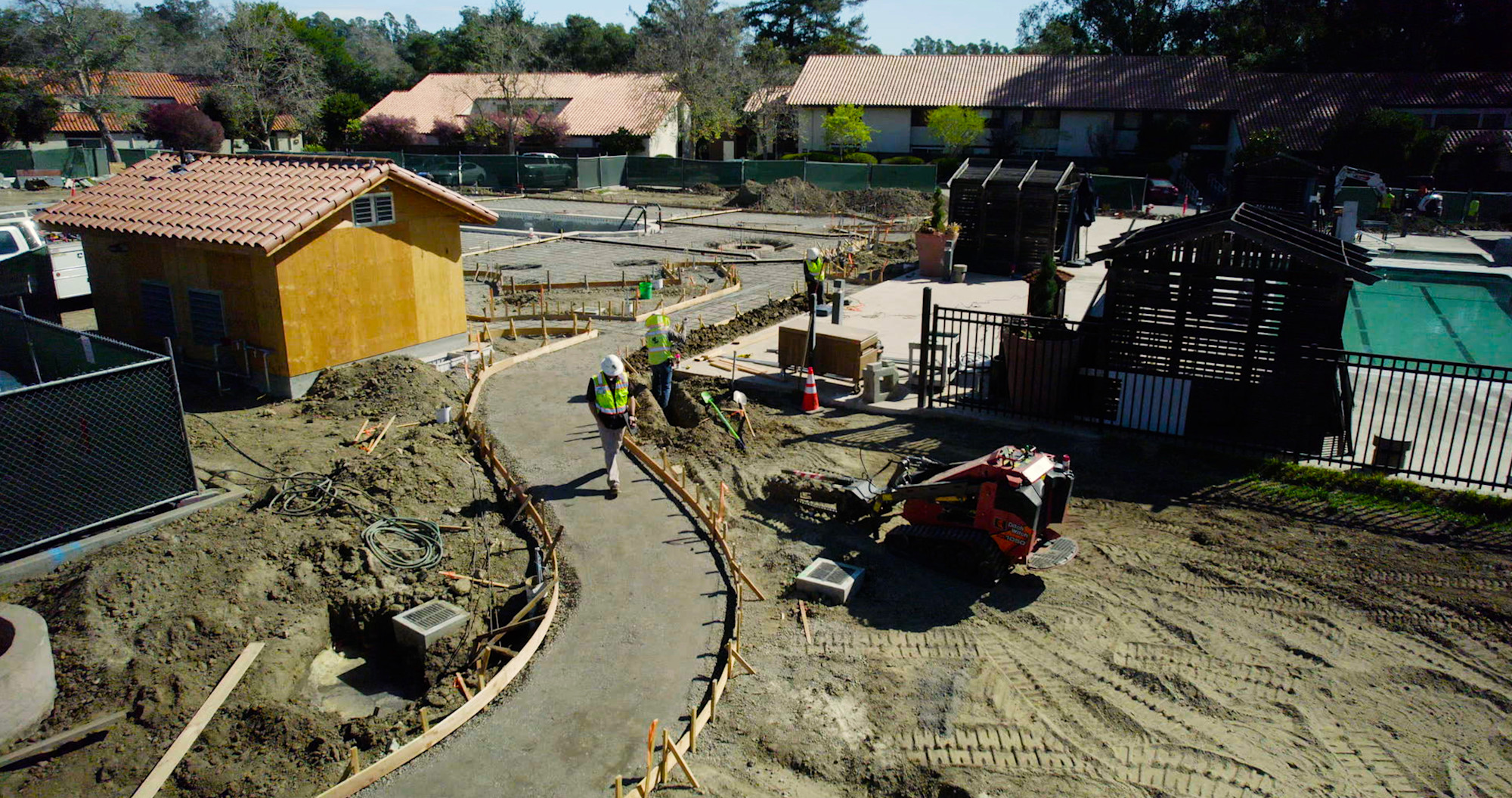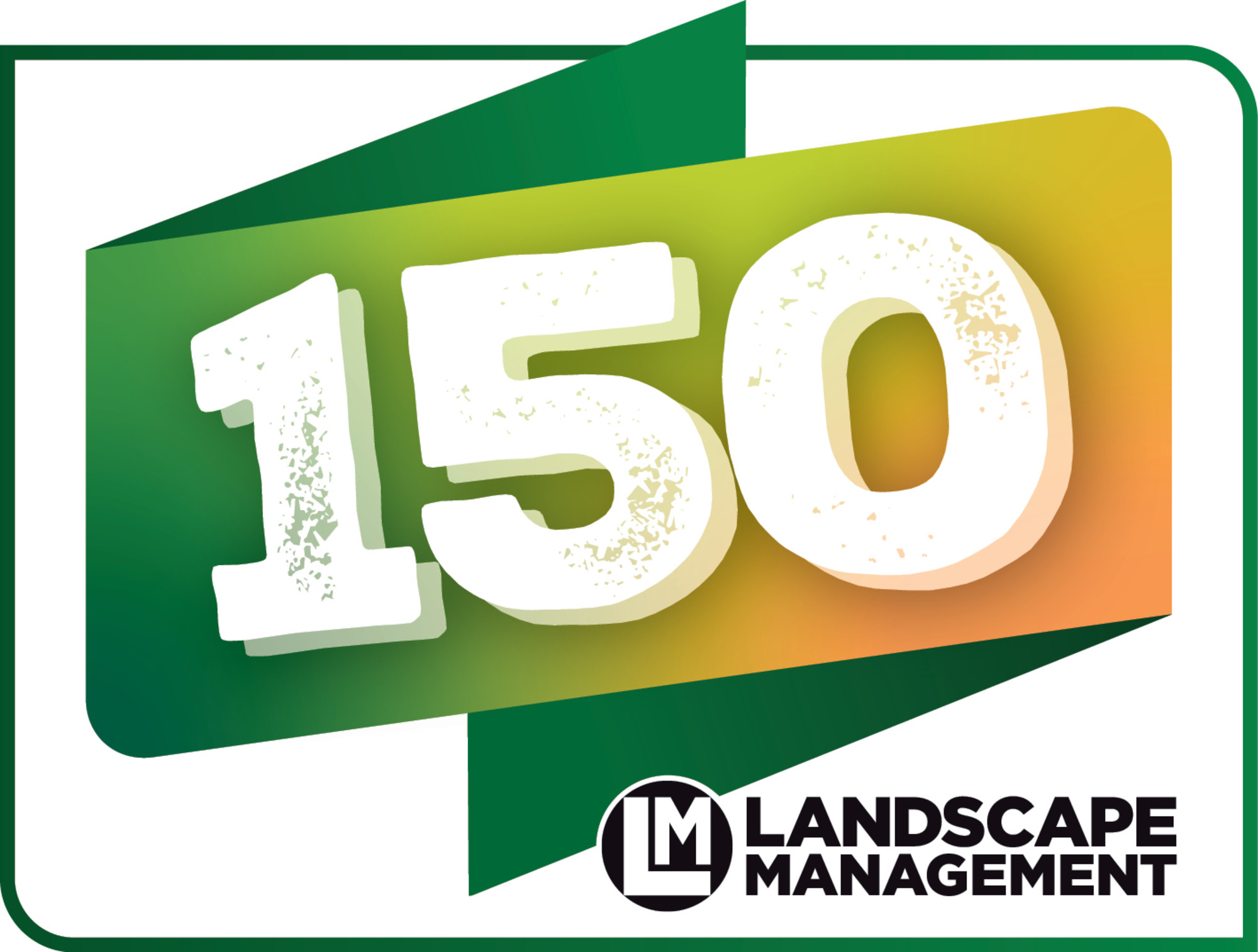Setting the right price for landscaping services requires a thorough understanding of job costs, customer demands, and business objectives.
Effective pricing strategies:
Attract customers to landscaping services
Increase sales and revenue
Sustain long-term profitability
This guide explains landscaping industry pricing models, methods to determine service prices, and how landscaping software provides the tools to develop effective pricing strategies.
Most common pricing models to consider for your landscaping business
The right pricing model depends on the landscaping project, customers, and the company’s financial requirements. Landscapers do not need to limit themselves to one strategy. Changes in the market and business objectives often dictate periodic landscaping pricing adjustments.
Flat-rate pricing
Best for: Small landscaping jobs
Flat-rate pricing charges an upfront cost for the job. It includes the labor rate, materials, overhead expenses, and profit margin.
Flat-rate pricing eliminates customer surprises. While landscapers use flat-rate pricing for any size project, it’s particularly suited for smaller jobs, such as lawn mowing and maintenance. It’s easy for customers to understand, minimizes potential customer conflict, and simplifies business budgeting and planning.
Pros | Cons |
Straightforward Simplifies customer invoicing Increases profit with efficient performance | Requires precise estimating Necessitates customer trust |
Hourly rate pricing
Best for: Startups or small businesses
Lawn care companies use hourly pricing to charge customers based on the job’s estimated number of hours. It ensures businesses receive adequate payment for labor costs.
Startup and small business owners particularly benefit from hourly rate pricing if they don’t have the experience to gauge how long a job takes. This type of pricing also works well for long-term projects or time-intensive jobs where businesses lose revenue due to underestimated labor hours.
Pros | Cons |
Flexible crew scheduling Transparent pricing breakdowns Efficient work means less profit | Requires accurate timekeeping Customers pay more if a job takes longer than expected |
Per-square-foot pricing
Best for: Small or midsize landscaping businesses
Square-foot pricing enables landscapers to price lawn care services based on property measurements. A larger property size means additional labor and materials and a higher price.
For this pricing model, landscapers must factor in labor for the specific job, such as how long it takes to apply weed control, fertilizer, or mulch. It requires precise calculations and adjustments based on the fluctuating costs of materials.
Customers appreciate the clarity and predictability of square-foot pricing, especially for hardscape projects like patio installations or paving.
Pros | Cons |
Prices based on project size Transparent pricing Easily quantifiable | Accurate property measurements Precise labor costs for each activity |
Subscription or maintenance plans
Best for: Recurring lawn maintenance services
Subscription or maintenance plans provide a set price for recurring lawn care services. Plans typically offer weekly, bi-weekly, or monthly services.
Maintenance plans require landscapers to calculate the right price based on:
✓ Hourly wages
✓ Materials
✓Equipment costs
It encourages customer loyalty through consistent, pre-scheduled service. Customized plans increase customer satisfaction because customers pay only for the services they need.
Pros | Cons |
Retains a loyal customer base Customizable maintenance packages Flexible customer payment options (monthly, quarterly, annually) | Requires accurate labor, materials, and equipment costs Customers notice price increases |
Project-based pricing
Best for: Any size landscaping business
Project-based pricing gives customers a flat price based on the type of project. It’s suited for small and large jobs.
This pricing model takes into account direct costs and markups. Its flexibility allows landscaping contractors to customize individual solutions for customers. Project-based pricing requires accurate estimating to ensure landscapers charge the right amount for an irrigation installation or a complex landscape design.
Pros | Cons |
Offers flexibility and customization Customers appreciate upfront pricing Accommodates increasing labor and material costs | Involves spot-on estimating Customers may seek a clear price breakdown |
Value-based pricing
Best for: Midsize to large landscaping businesses
Value-based pricing sets a price based on the value of your services. It’s based on customer perception and what they’re willing to pay.
In this model, landscapers must demonstrate to customers why their expertise, quality, and specialty services distinguish them in the market. When customers know the benefits and results, they’re usually willing to pay more for landscaping services.
Pros | Cons |
One of the most profitable pricing models Works well for unique or specialty services Establishes customer trust and loyalty | Customers must understand the benefits and value Research needed to know customer perception |
Bundle pricing
Best for: Landscaping maintenance services
Bundle pricing, or packages, combine commonly used lawn care business services in one price. This strategy allows customers to choose from various services and boosts landscape contract renewals.
Landscaping packages could include:
Mow, trim, and edge
Spring and fall cleanup
Bed maintenance
Shrub and tree trimming
Landscapers typically offer discounts for packages, which increases value and encourages customers to choose a package instead of individual services.
Pros | Cons |
Simplifies sales for common services Encourages upsells Allows for customization | Lack of flexibility in set contracts Must communicate raising prices to current customers |
Tiered pricing
Best for: Any size landscaping company
Tiered pricing provides service options at different price points to increase sales. Landscaping companies offer essential, standard, or premium pricing packages for customers to choose their preferred services and prices.
Using tiered pricing and communicating the value of higher-priced options empowers customer decision-making and increases sales and revenue. This strategy also works effectively for landscaping projects as customers choose add-on services that were not initially considered.
Pros | Cons |
Provides customers with flexible options Boosts sales Increases upsells | Must communicate the value of higher-priced packages Involves monitoring costs so all pricing levels remain profitable |
Market penetration pricing
Best for: Startups
Market penetration pricing increases interest in a new company by offering a lower price than competitors.
This strategy attracts customers away from the competition, quickly builds a customer base, and increases revenue. It can work effectively initially but won’t sustain long-term business success. Eventually, a landscaping company needs to increase its prices to sustain the business profitably.
Pros | Cons |
Creates interest in a new company Attracts new customers Initially increases revenue | Won’t sustain business long-term Customers expect the same low prices |
How to determine the right pricing strategy for your landscaping company
The right pricing strategy depends on your business size, location, services, customers, and objectives.
To assess market demand, follow these steps:
Research customer demographics: Identify the needs and values of your customers. Segment customers based on specific characteristics. Obtaining feedback through customer surveys or social media posts helps you understand how to create attractive service packages.
Analyze competitors: Examine competitor services, pricing, and strategies. This will show what customers are willing to pay and assist in competitive pricing.
Perform competitive analysis: Determine how your landscaping services or prices differ from the competition. Demonstrate value to customers and highlight how your business stands apart from the competition.
Landscapers often use a combination of pricing strategies to achieve business goals.
Aspire landscape business software lets landscaping companies bill their customers in the way that makes the most sense, with multiple options for construction and maintenance contracts, including:
Fixed price on completion
Fixed price on payment schedule
Fixed price open billing for change orders and invoice adjustments
Time and materials
Per service billing (maintenance contracts only)
With Aspire, you can establish one billing type for a large project or maintenance contract and then use a secondary one for one-off and add-on services. Using business management software designed for the green industry lets your team adapt pricing strategies to the customer's needs and maintain velocity in process execution.
To effectively structure prices, landscaping business owners must know the true business costs.
Aspire provides real-time insight into the direct and indirect costs of every job. This empowers landscapers to make accurate resource allocations and price adjustments to safeguard profitability and grow business.

Make informed pricing decisions with the right tools
To price services accurately, landscapers need the right tools to:
Track costs in real time
Measure performance
Automate reports
The Aspire platform is the only end-to-end landscape business management system that does all this. It streamlines operations and provides precise performance data to help business owners make better decisions to improve productivity, sales, and profits.
Request a demo to see how Aspire improves business.
Frequently asked questions (FAQs)
Find answers to questions about increasing landscaping business profitability.
Q1. What is a good profit margin for landscaping?
A good profit margin for a landscaping business is 15% to 20%. The average profit margin depends on a business's type, size, and growth stage.
Landscaping business startups may operate with a 10% to 15% profit margin, while a business advancing to the next growth stage could generate a 45% profit margin.
Q2. What is the most profitable pricing strategy?
The most profitable pricing strategy is value-based, which allows landscaping businesses to set a price based on what customers are willing to pay.
That being said, landscapers often combine pricing strategies to maximize overall profitability.
Q3. How should a landscaping business adjust its pricing strategy for seasonal changes?
For landscapers in temperate climates, demand typically decreases in the winter season. This is the best time to examine your pricing strategy and increase prices if needed.
Communicate price adjustments with customers before the busy season begins. Some landscapers handle seasonal cash flow fluctuations by offering additional services like snow removal.







